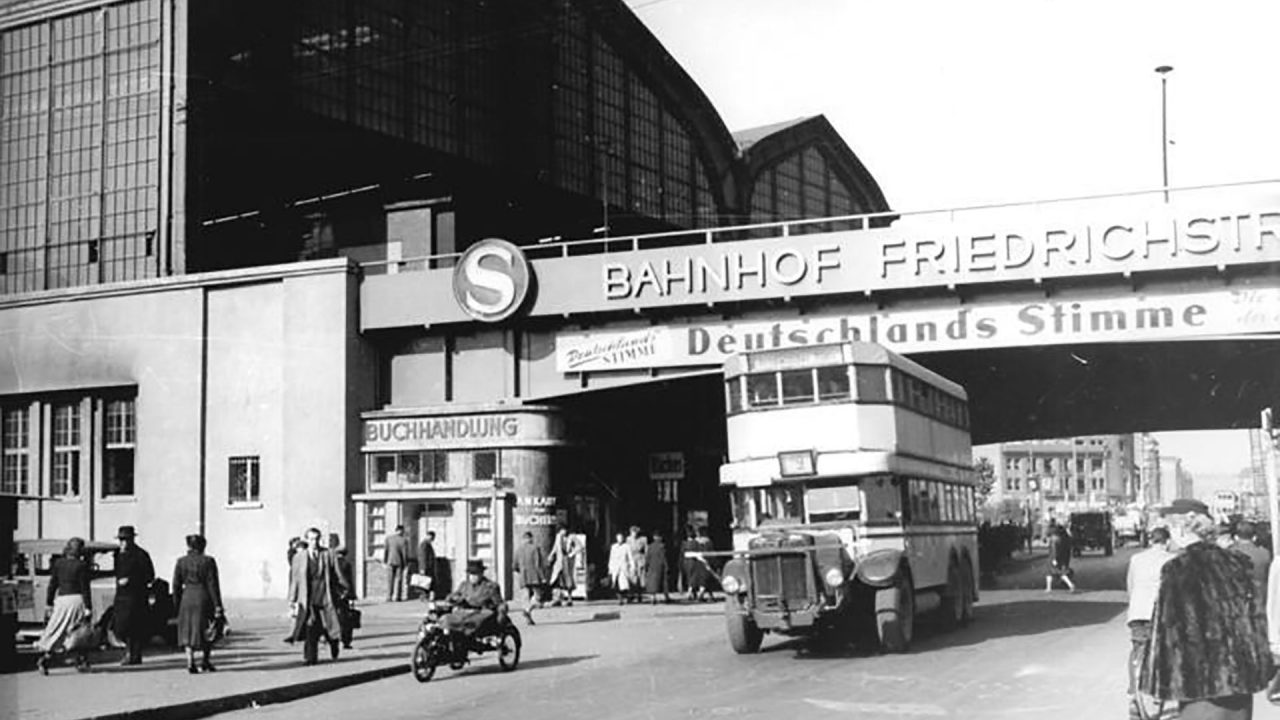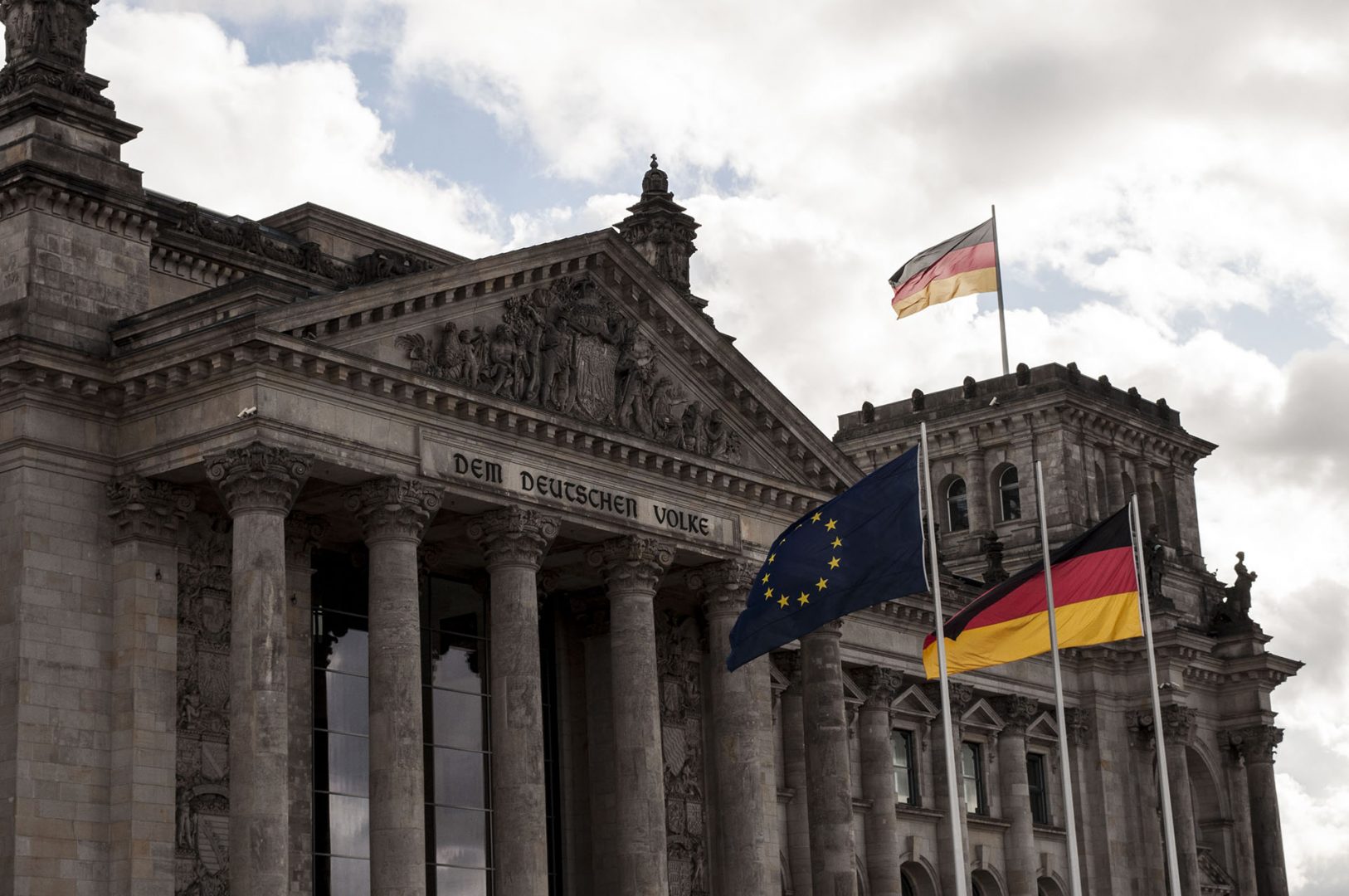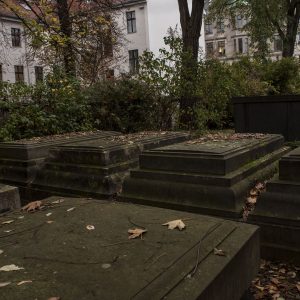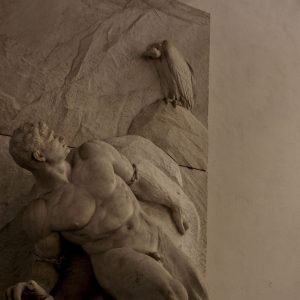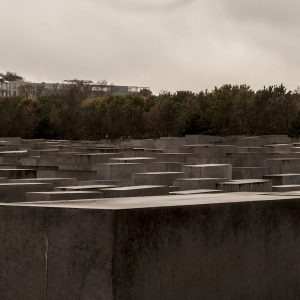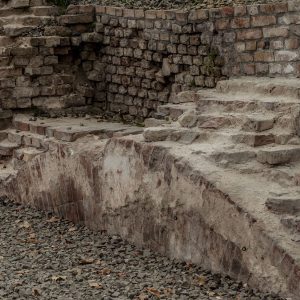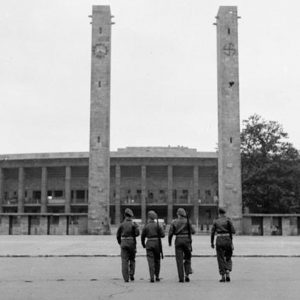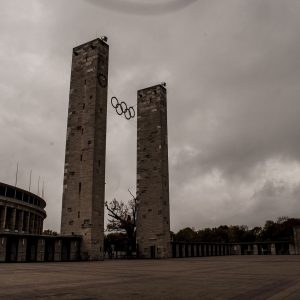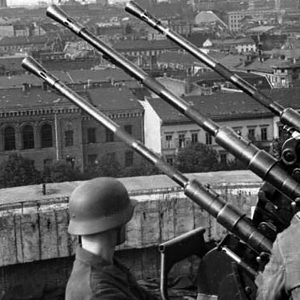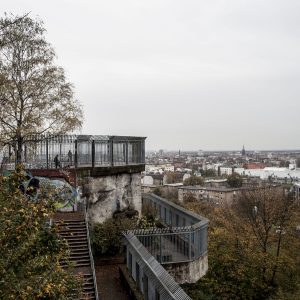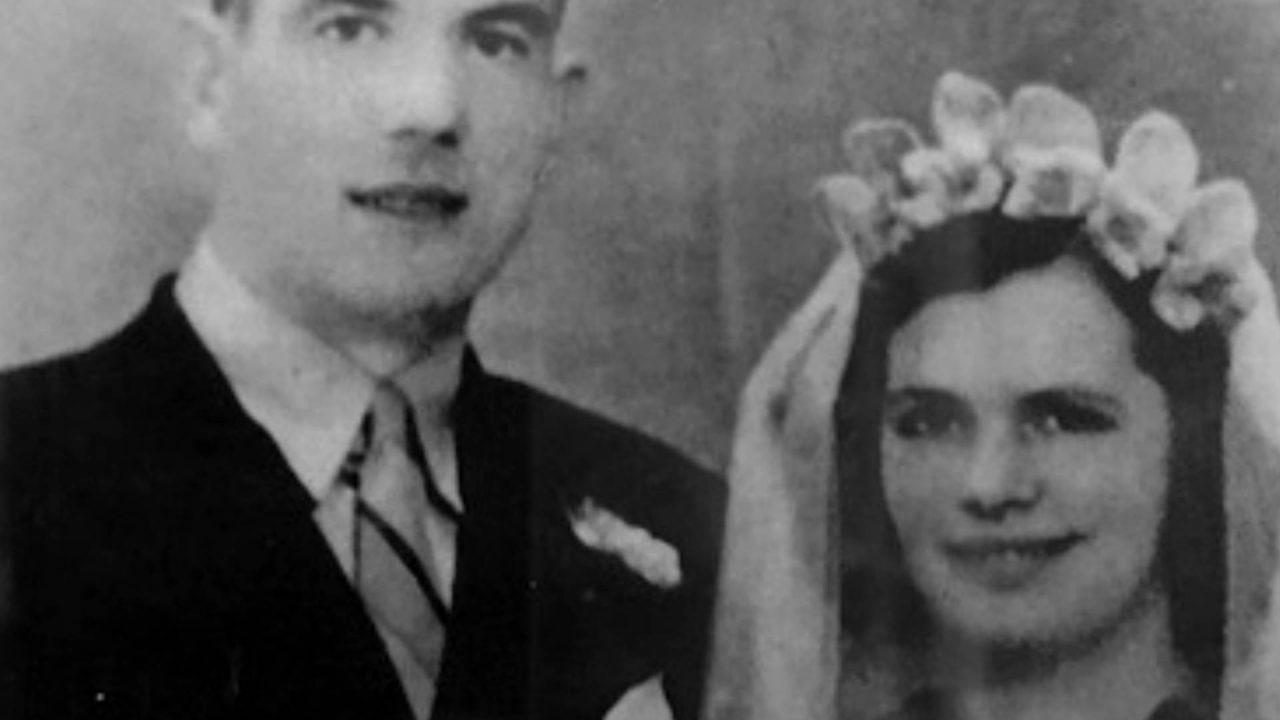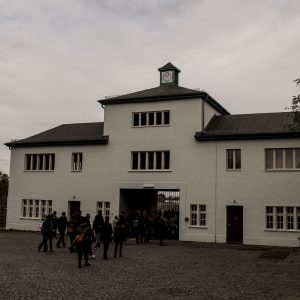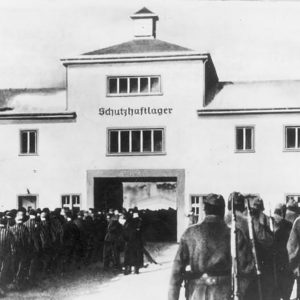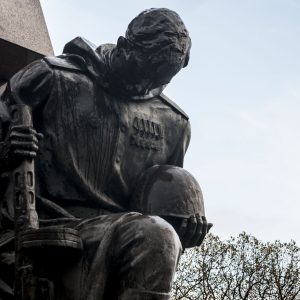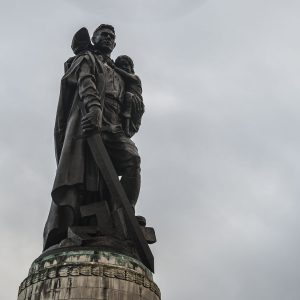In October 2017, I visited Berlin, Germany to enjoy the music, sport, culture and history of Germany's capital city. There is much to see and do in the city for those with an interest in World War Two.
At 0720hrs on Sunday 22nd October 2017, I left Belfast International Airport in Co. Antrim. Northern Ireland’s main airport was once RAF Aldergrove, a busy airfield throughout the war. The destination was Schoenefeld Airport on the outskirts of Berlin. From there, it was onwards by train to the famous Friedrichstrasse Station.
Day One
Before checking in to the Heart Of Gold Hostel on Johannisstrasse, I visited four historic sites within a few minutes walk.
Day Two
I spent the second day in Berlin on foot, taking a tour around the Mitte district and visiting many stunning World War Two era sites.
Day Three
Travelling by U-Bahn and S-Bahn in Berlin is cheap and easy to do. A travel card permits travel as far out as the Olympic Stadium.
Day Four
More than halfway through my week in Berlin, there was still much too including exploring the historic Hackeschermarkt.
Day Five
Visiting the Sachsenhausen Concentration Camp is worth taking a whole day out. Tour guides offer packages in a range of languages for visitors.
Day Six
My last full day in Berlin offered a chance to experience the stunning Soviet War Memorial at Treptower Park.
There is so much to see and do in Berlin, especially if you’re interested in the history of World War Two or the Cold War. My visit in October 2017 covered a lot of ground but I will return someday to visit more of the beautiful German capital.
Still on my must-see list is the Wannsee Conference Centre, the Luftwaffe Museum at Gatow, and Templehofer Feld. If you know of anywhere else I should visit, please get in touch.
